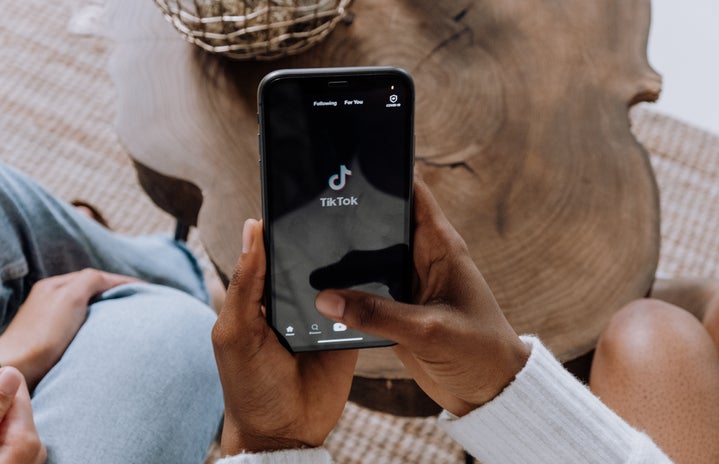As a social media manager and a photographer, it’s impossible for me to escape social media, as it’s heavily involved in both of my jobs. Obviously, my social media manager position has me closely following the latest trends and making posts daily. For my photography business, social media is how I share my work, allowing me to create a free online portfolio and connect with new clients.
Social media can be a powerful tool to connect you with a lot of people, but the side effects can be gravely detrimental.
Some side effects of social media include:
- Losing your sense of self
- Constantly comparing yourself to others
- Unable to be “in the moment”
- Spending too much time on your device
- Thinking edited pictures are “normal”
- Developing insecurities
And many more.
Even with all these side effects, there are pros to social media, making it a tricky balance to maintain good mental health while staying connected. This is why I believe it’s important to learn how to regulate your usage instead of eliminating it. Here are some tips as to how to get started.
#1 Use App Timers
In 2018, Apple came out with a “Screen Time” tab in your settings, allowing you to see how much time you spend on your phone and where. By clicking “See All Activity” in this tab, you’re given access to see what apps you spend the majority of your time on, how long you spent on those apps and your weekly average. In the “Screen Time” tab, you’re also able to set limits for yourself, by either utilizing the “Downtime” or “App Limits” options.
“Downtime” allows you to schedule time away from your device. When your “Downtime” is scheduled, you’ll only be able to use the apps you select to be available during this time, such as iMessage or work-related apps. This differs from “App Limits,” as “App Limits” allows you to set a timer on specific apps so you can’t spend five hours on Tiktok in one sitting.
These tools are very helpful when it comes to regulating social media, and knowing how to use them will help you get more out of your day, and help you take a break from your device.
#2 Why Are You Using Social Media?
Something important to note when looking at your social media usage is noticing why you’re on social media. Is it for entertainment? Is it out of boredom? Do you feel the need to know what everyone else is doing? Or is it an escape from reality?
Being cognizant of why you’re using social media can help you find other ways to fill the need that social media provides while skipping out on the potential cons. If you use social media to escape reality, try shifting to learning a new hobby instead, like knitting, skateboarding or learning how to play guitar. If you use social media for entertainment, try watching a new TV show, explore the area you live in or learn to play a new video game. The shift from social media isn’t necessarily to get off your screen but to escape the dangers that social media specifically imposes on our mental health. So go learn something new, find a new hobby, a new passion, a new TV show you love- break out of your old routine and rid yourself of your addiction to social media. Your future self, mental health and self-esteem will thank you.
Instead of deleting Instagram for a few days just to crawl back to your bad habits, learn how to coexist with it. Doing so is crucial in our social-media-heavy world, and once you do, you’ll be able to stay connected while looking out for your own sanity.



